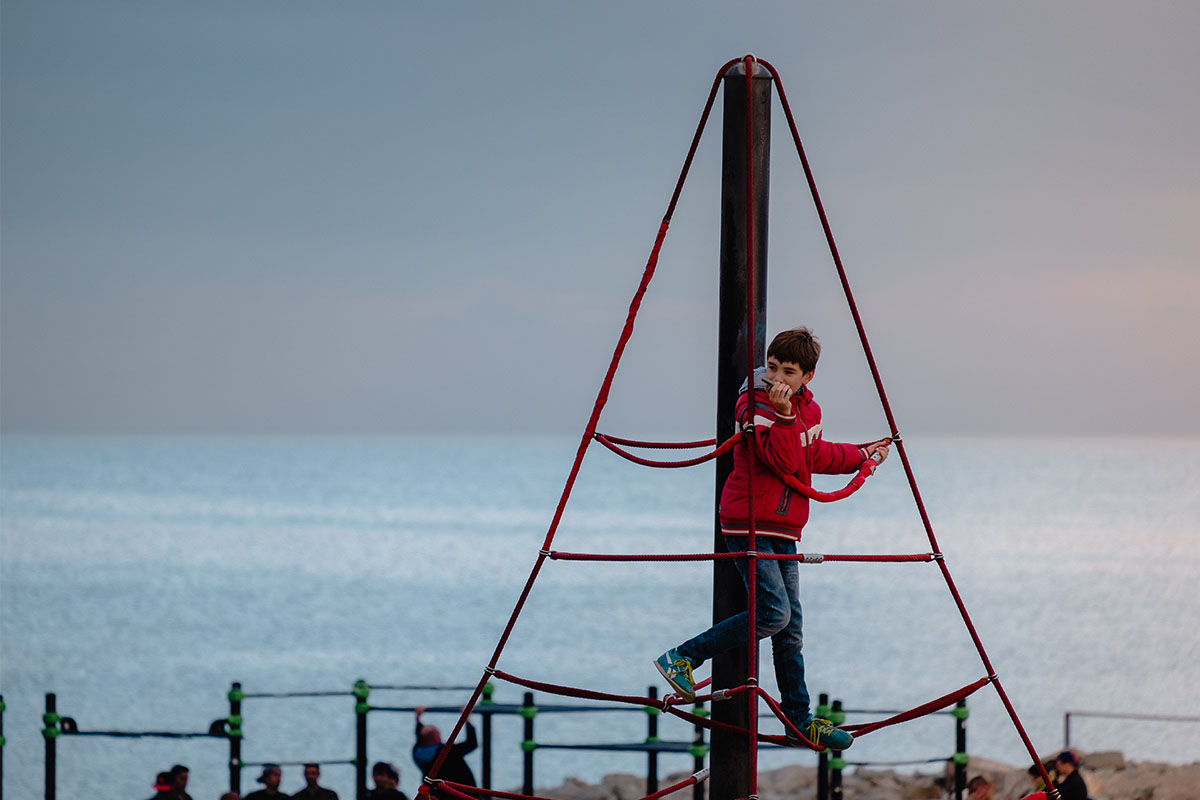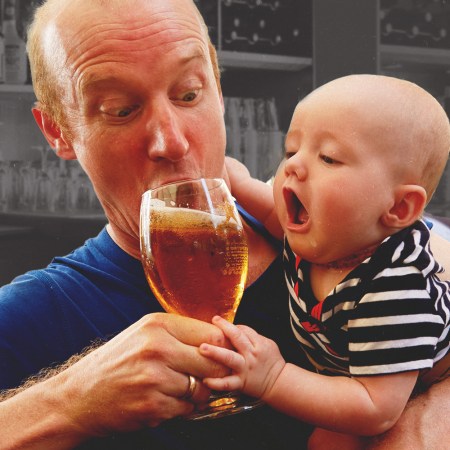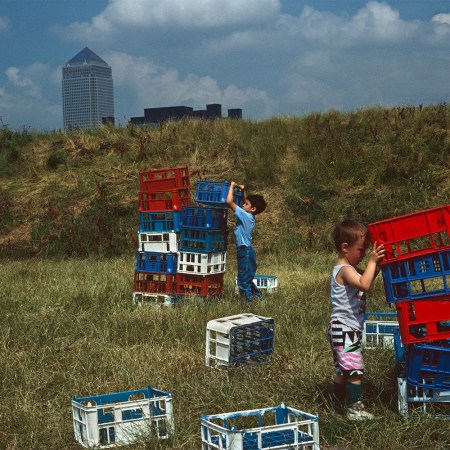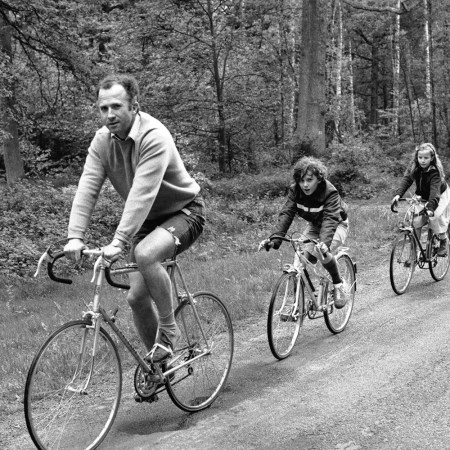It’s become common on TikTok for random snippets of dialogue to go viral out of context, with the clips repurposed as narrative overlay for thousands of new videos.
One of the latest is a line from Jordan Peterson, the Canadian clinical psychologist and onetime University of Toronto professor who now bandies around the podcast circuit, generally speaking on what he perceives as the crisis of the modern man and flirting with “alt-light” sympathizers. (The Guardian threw down a thousand words a few years ago on what makes Peterson so dangerous.)
His latest sound bite isn’t the usual lazy word vomit on gender pronouns, though; it’s a somewhat nuanced take on parenthood, which has catalyzed a fascinating debate online. Speaking to comedian Theo Von last December, on Von’s This Past Weekend podcast, Peterson says: “If you’re going to make your kids tough, which they better be if they’re going to survive in the world, you can’t interfere when they’re doing dangerous things carefully… It’s the only place where they learn. That’s where everyone learns everything.”
The crux of that quote is of course the middle bit — “doing dangerous things carefully” — and it has become an online rallying cry in recent months for parents who endorse a movement known as “risky play,” defined in 2020 by the New York Times as “any activity that carries the risk of physical injury while also helping children test limits.”
An Instagram post from @spiritandguts (an account run by an expat who lives in New Zealand with her husband and two toddlers) best encapsulates the internet argument for those in favor of risky play:
Peterson’s thesis functions as foundational text, but notice that it’s been modified here in favor of a gentler approach. While his take encapsulates an older man’s disdain for the “participation trophy generations” — in other words: kids are getting too soft, and their parents aren’t helping — this Instagram user, a woman named Bailey, appears to be just as interested in a child’s intrepidness and curiosity.
According to early childhood researchers, risky play helps children increase their confidence, handle anxiety and meet fears head-on, as the Times noted. At a time when too many kids have too many activities, zipping from school to ballet to karate to camp day in and day out, risky play affords them an opportunity to make the rules, identify perils and learn from their mistakes. Crucially, it also involves A) time away from screens, B) time spent outside and C) time spent on one’s feet, all of which are becoming rarer for the youngest Americans.
What does risky play look like, exactly? Think traipsing around in the woods, climbing the monkey bars, biking to a different town. All of those activities can carry serious risks (poison ivy, a broken arm, getting lost), but proponents of risky play have little time for helicopter parents who would rather monitor or outright ban an activity, instead of allowing children to suss to it out for themselves.
Risky play as a “movement” might seem silly for those from Gen X and up, who can remember unregulated childhoods where making one’s own fun didn’t have to be encouraged. It was simply the way things were. But decades of “stranger danger” assemblies, coupled with the video game boom and a dramatic standardization of youth sports pretty much put an end to the many swashbuckling, Huck Finn summers of yore. These days, kids need a little prodding to get out and explore. And once there, as the risky play philosophy goes, they should be left alone.
Dissenters are primarily concerned with injuries and the threat of abduction. While the latter has become extremely uncommon over the last 20 years (you wouldn’t be able to tell, thanks to high-profile cases in the news), injuries are an inevitable part of risky play. Kids are really good at hurting themselves; during the peak of pandemic, when children spent less time at school, and more time bouncing on trampolines or building treehouses, medical professionals registered a marked rise in broken bones and gashes.
Cuts heal, though, and bruises fade away. But discovery and failure have a habit of leaving indelible marks on the brain (while increasing neuroplasticity, which strengthens neural networks, while creating new pathways). In the comments section of the @spiritandguts post, one user wrote: “I was raised in the opposite way [to the risky play philosophy] and it was crippling!! Never felt confident and very uncomfortable with risk! It is a constant effort now to undo that programming.”
Also in the comments, though? Someone else wrote: “Nothing says I’m a great dad like putting your toddler in grave danger for fun for the sake of social media clout.”
This is parenting we’re talking about, so no one can possibly win the debate. There will always be someone more “passionate” (angrier) about the issue, and to be fair, it really doesn’t help that a provocateur like Jordan Peterson has any sort of association with the argument. But it’s an important question to ask yourself, next time your kid wants to scramble up some rocks in the park. Are you asking him to get down for his own sake? Or are you just looking out for yourself?
The Charge will help you move better, think clearer and stay in the game longer. Subscribe to our wellness newsletter today.



















